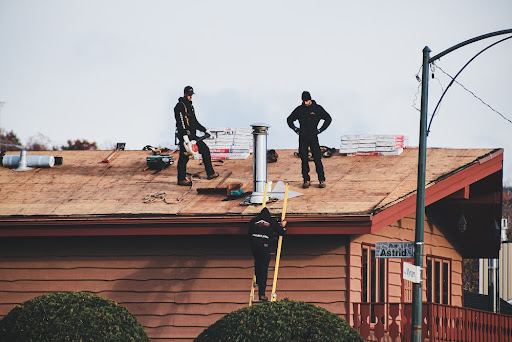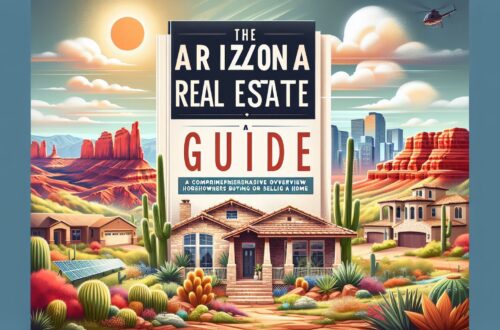
Everything You Need to Know About Proper Roof Inspection
Homeowners who put complete faith in their roof and ignore it until the first indication of a leak in the ceiling may already be dealing with much more severe issues, such as unintended structural problems, mold growth, or broken insulation.
Regularly inspecting your roof by commercial roof inspection in Orlando can avoid future headaches.
Weather, structural movement, and stresses constantly threaten commercial roofs. Even though all commercial roofs will eventually age, minor issues brought on by abuse, neglect, contamination, human error, or accidents can lead to expensive repairs or even the structural wear of the roofing system.
Regular roof maintenance and inspections will help identify minor issues before they become serious.
How properly is roof inspection done?
Most homeowners understand the importance of conducting a thorough roof inspection to assess whether their roof suffered damage following a thunderstorm or other severe weather event. However, you should not only think about your roof’s health then.
Before the winter’s chill sets in, the fall is the most crucial season for inspecting your roof. Timing is crucial. The progress of new roof implementations and repairs like shingle replacement can be jeopardized by extreme cold because new shingles can’t correctly seal down in such conditions.
Roof issues discovered too late in the year may have to wait until the spring to be fixed because it can be dangerous to attempt repairs on icy roofs.
When inspecting a roof, tropical roofing company Ormond beach will be on the lookout for leaks, unusual wear and tear, wind-related damage, problems with organic growth, and potential issues that may have arisen during shingle setup or subsequent repairs. Structure, interiors, materials, and workmanship are the final divisions of a roof inspection.
To ensure the inspection is thorough, use an inspection checklist. The following elements are on a typical inspection checklist and roof plan:
1. Structural Inspection
In addition to assessing the condition of the soffit, fascia, and gutter system, the inspector will look for sagging and uneven roof planes. At this time, masonry chimneys should be checked for cracks, eroding grout, and damage to the chimney caps. The inspector may also inspect the attic venting, as inadequate venting can result in heat and moisture buildup, which shortens the roof’s lifespan.
2. Interior Inspection
The inspector will look for water damage, mold, rot, and other indications that water is entering your home because roof leaks inevitably cause damage. The inspector will also inspect the attic, interior walls, and ceilings.
3. Inspection of Workmanship
A thorough inspector will check your roof for artistry flaws that could increase the likelihood of leakages or other roof damage in the long term. Correct flashing around the roof penetrations, such as chimneys, skylights, and vent pipes, would raise warning signs.
4. Inspection of materials
The inspector will look for loose, curled, or missing shingles, stains, moss, rust, and any missing flashing or fasteners in this inspection area. An indication that the roof may be nearing the end of its useful life is shingle aggregate that has accumulated in roof valleys or on the ground at the base of gutter downspouts. The inspector will also look for cracks or deterioration in the rubber boots and the seals surrounding the vent pipes.
Conclusion
Following the inspection, you will receive a thorough report detailing the state of your roof and any repairs that may be required to keep it in good condition. If repairs are required, arrange them with a tropical roofing company as soon as possible.
A damaged roof may cause severe structural damage to the building, necessitating expensive repairs. Thoroughness and careful observation are the foundations of a successful roof inspection.
Read More: 5 Important Tips for Preventing a Fire in Your Home



